SMS Unicode Character Encoding
If we strive for cost-effective communication, but at the same time, want to avoid uncomfortable input methods, the feature transliteration (Unicode Encoding of Characters) could be one quite useful tool for us.
Table of Contents
- What is transliteration?
- Switching off the transliteration feature
- What is a GSM character, and what other types of characters are there?
- GSM
- Unicode
What is transliteration?
Transliteration, while composing an SMS message, monitors characters that are not included in the GSM encoding standard in the input field of the message, and replaces them as defined in the GSM character chart, if needed. With this feature, one can avoid using Unicode, meaning that the message size of 160 characters (defined in the GSM standard) will be available for composing messages.
The purpose of this feature is that however the entered characters are replaced, the intelligibility of the message is not corrupted. Accordingly, the system replaces all non-GSM characters represented in the first column of the below chart to the GSM characters represented in the second column of the same chart:
| Input character | Replaced character |
|---|---|
| á | à |
| í | ì |
| ó | ò |
| ú | ù |
| ő | ö |
| ű | ü |
| Á | Å |
| Í | I |
| Ú | U |
| Ó | O |
| Ő | Ö |
| Ű | Ü |
Switching off the transliteration feature
Naturally, it is possible to turn off this feature. In this case no replacement takes place and the message is sent with the same characters the user has entered.
To switch off the SMS transliteration feature
- Select a project from the project list, then select Channels > SMS.
- Press Add new SMS template.
- Select the Message tab
- Select GSM/UTF-8 in the Character encoding. On the right hand side you will see in brackets that the type has changed to UniCode, and the character limit is now 70.
Note: Transliteration works based on the above character replacement chart only. Therefore, if the user enters a character that is a non-GSM character and is not included in the replacement chart, meaning that it cannot be replaced with a similar character, then the message will be sent in Unicode encoding standard automatically. Such characters are for example the letters of the Chinese or Greek alphabet.
What is a GSM character, and what other types of characters are there?
Upon creating an SMS message one can choose between two character encoding standards, where the decision is affected by cost-effectiveness and aesthetic choices.
GSM
GSM 03.38 is an encoding standard that applies basic characters, including the ones listed below:
@£$¥èéùìòÇØøÅåΔ_ΦΓΛΩΠΨΣΘΞÆæßÉ!”#¤%&'()*+,-./0123456789:;<=>? ABCDEFGHIJKLMNOPQRSTUVWXYZÄÖÑܧ¿abcdefghijklmnopqrstuvwxyzäöñüà
In the GSM standard the maximum length of a message is limited to 160 characters, including space characters as well. The encoding standard supports sending concatenated SMS messages, thus making it possible to send 3 SMS messages at once. It is important to notice, that the act of concatenating SMS messages reduces the number of available characters, meaning that in fact there will be 306 characters available instead of 320 when composing two SMS messages, and 459 characters available when composing 3 concatenated SMS messages.
If, apart from the ones listed above, one applies the characters in the list below, then such character will take up two spaces in the message’s body.
|^€{}[~]
Unicode
In contrast, the Unicode encoding standard supports all possible character types, including all accented letters of the Hungarian alphabet. One disadvantage of this standard (compared to GSM 03.38) is that its character limit is 70 characters. Unicode also supports concatenated SMS messages, which likewise comes with additional use of characters: while composing two concatenated messages one can use 134 characters, and 201 characters while composing the length of 3 messages.
Related articles
There's always more to learn. Discover similar features by visiting related articles:

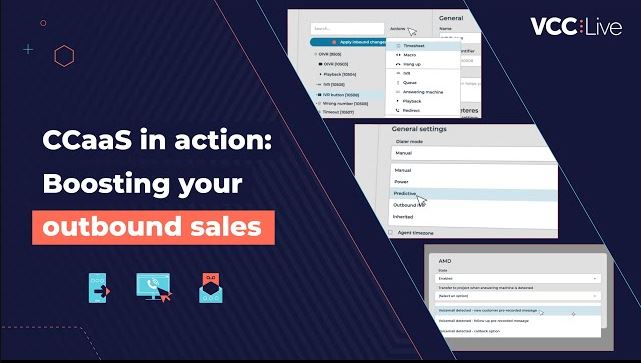
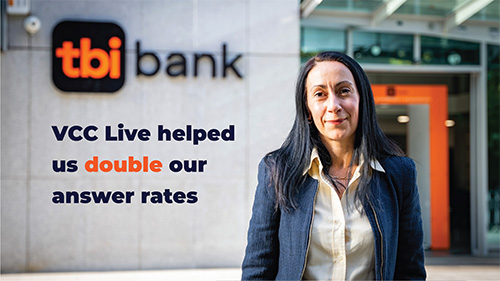

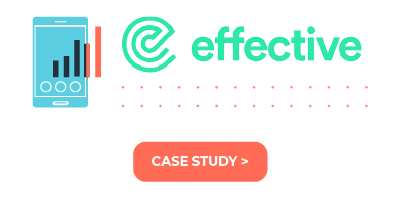
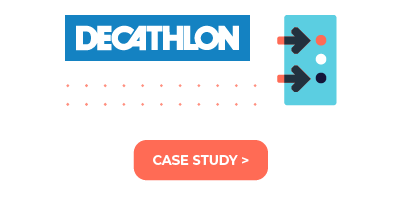
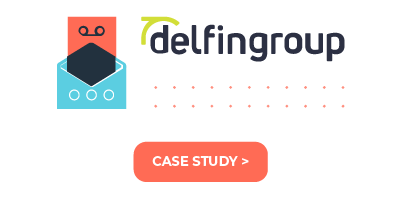
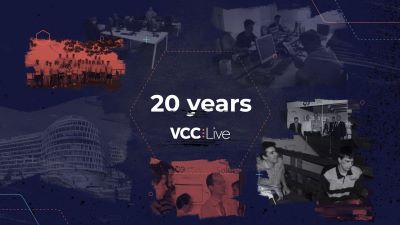
Comments
Can’t find what you need? Use the comment section below to connect with others, get answers from our experts, or share your ideas with us.
There are no comments yet.